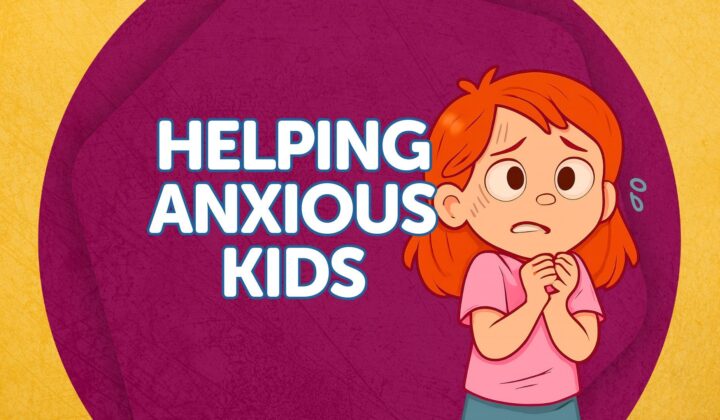Learn more about the journey that led to us equipping kids to carefully evaluate every idea they encounter.
Meet members of our team who have contributed to curriculum development.
Hear from real users of the Foundation Curriculum.
Learn what we believe about God, Jesus, Scripture, and more.
Enhancing Comprehension with Non-Linguistic Representations
Welcome back to our Teaching Tips series at Foundation Worldview! Today, we’re exploring a simple yet powerful strategy to help the children you are teaching better understand and retain what they’re learning. This strategy is called non-linguistic representations, which is just a fancy way of saying using pictures and symbols alongside words.
Why Are Non-Linguistic Representations Important?
Our brains process language and images in two different regions, so when we combine words and pictures in learning, we activate more areas of the brain, leading to better comprehension. This concept makes sense from a biblical worldview because of the way God has chosen to reveal Himself to us.
God has given us two forms of revelation:
-
Special Revelation – God reveals Himself through His Word, the Bible.
-
Natural Revelation – God reveals Himself through creation, the world around us.
Psalm 19:1-4 speaks to this:
“The heavens declare the glory of God, and the sky above proclaims his handiwork.
Day to day pours out speech, and night to night reveals knowledge.
There is no speech, nor are there words, whose voice is not heard.
Their voice goes out through all the earth, and their words to the end of the world.” (Psalm 19:1-4, ESV)
Since both words and images are powerful tools for understanding, we should aim to use both when teaching.
How to Use Non-Linguistic Representations in Teaching
Now, the question becomes: What does this actually look like in the classroom or at home?
Here are some practical ways to incorporate non-linguistic representations into different subjects:
-
Math – After a lesson, have students draw a picture to symbolize what they learned, then write a one-sentence summary underneath.
-
Science – Before an experiment, ask students to sketch a prediction of the outcome and write a short sentence describing their hypothesis.
-
Literature – After reading a book, students can illustrate the main theme or a lesson the character learned and write a paragraph explaining their drawing.
-
History – Have students draw key events of a historical period and write a short summary beneath each picture to explain what happened.
By using these simple strategies, we help children connect visual and linguistic learning, which leads to stronger comprehension and retention of the material.
Final Thoughts
Today’s Teaching Tip is all about incorporating non-linguistic representations into learning. By using both words and visuals together, we engage different parts of the brain, helping children better understand and remember what they learn.
Related Posts and insights

Helping Children Overcome Fears and Anxiety
Learn biblical strategies to help children overcome irrational fears and anxiety through independence, responsibility, and understanding God's character.

Navigating Santa at Christmas: A Biblical Parenting Conversation
Is telling kids Santa is real harmless fun or a parenting mistake? Discover the biblical case for honesty and how to keep Christmas focused on Jesus.

The Chosen Adventures: A Biblical Worldview Review for Families
Explore The Chosen Adventures kids series with Elizabeth Urbanowicz, positive lessons, things to watch for, and questions to ask your children after each episode.
